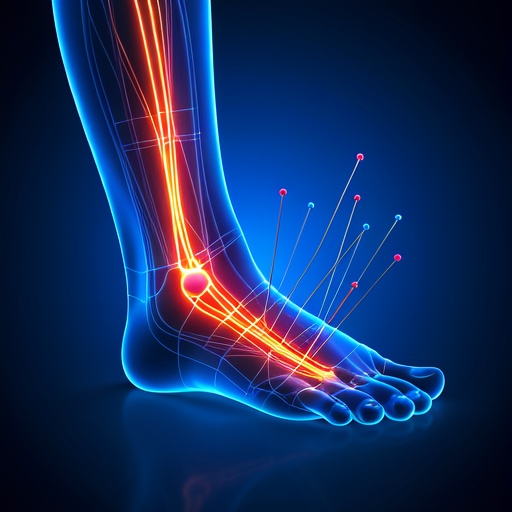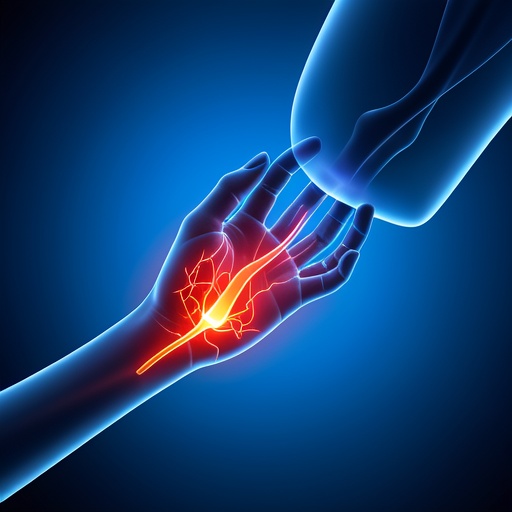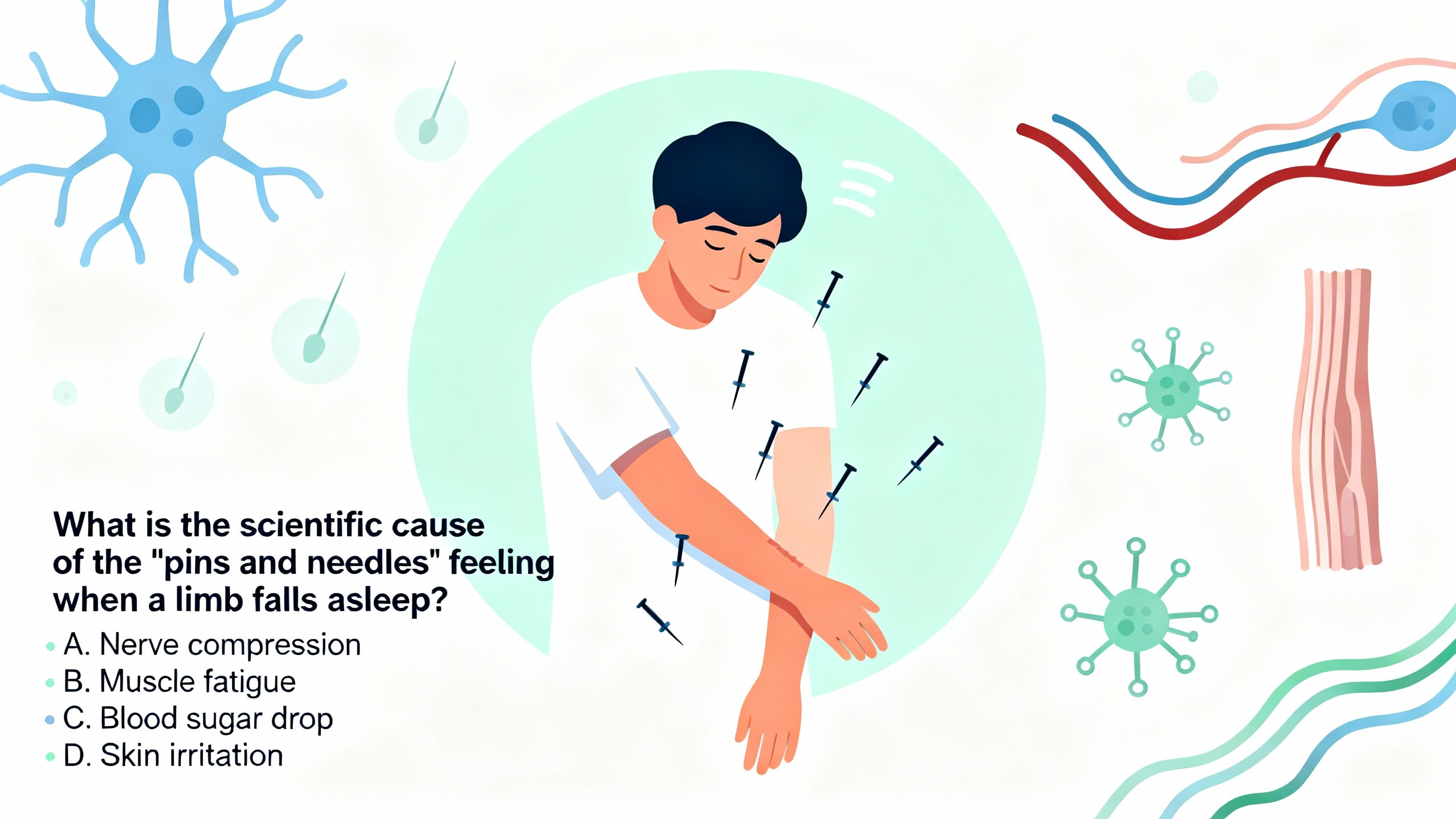The "Pins and Needles" Sensation When a Limb "Falls Asleep"
 The "pins and needles" feeling, medically known as paresthesia, that occurs when a limb "falls asleep" is a result of complex physiological processes. This phenomenon primarily happens due to the compression of nerves. When we sit or lie in a position that puts pressure on a limb for an extended period, the blood vessels and nerves in that area are affected.
The "pins and needles" feeling, medically known as paresthesia, that occurs when a limb "falls asleep" is a result of complex physiological processes. This phenomenon primarily happens due to the compression of nerves. When we sit or lie in a position that puts pressure on a limb for an extended period, the blood vessels and nerves in that area are affected.
 Nerves are the body's communication lines, transmitting electrical signals between the brain and different parts of the body. Compression of these nerves disrupts the normal flow of these signals. The pressure can distort the nerve fibers, interfering with their ability to conduct electrical impulses effectively. As a result, the brain may receive abnormal or incomplete signals from the limb. This disruption in nerve signaling is what causes the tingling, numbness, and the characteristic "pins and needles" sensation.
Nerves are the body's communication lines, transmitting electrical signals between the brain and different parts of the body. Compression of these nerves disrupts the normal flow of these signals. The pressure can distort the nerve fibers, interfering with their ability to conduct electrical impulses effectively. As a result, the brain may receive abnormal or incomplete signals from the limb. This disruption in nerve signaling is what causes the tingling, numbness, and the characteristic "pins and needles" sensation.
In addition to nerve compression, reduced blood flow also plays a role. The pressure on the limb can constrict blood vessels, limiting the supply of oxygen and nutrients to the nerve cells. Nerve cells are highly sensitive to changes in their environment, and a lack of oxygen can further impair their function. When the pressure is released and blood flow is restored, the nerve cells gradually recover. During this recovery process, the abnormal signaling continues for a short time, causing the lingering "pins and needles" feeling until the nerves fully regain their normal function.
Overall, the "pins and needles" feeling when a limb falls asleep is a combination of nerve compression and reduced blood flow, which disrupts nerve signaling and leads to the unusual sensations we experience. Once the limb is re - positioned and normal blood flow and nerve function are restored, the discomfort typically subsides.










